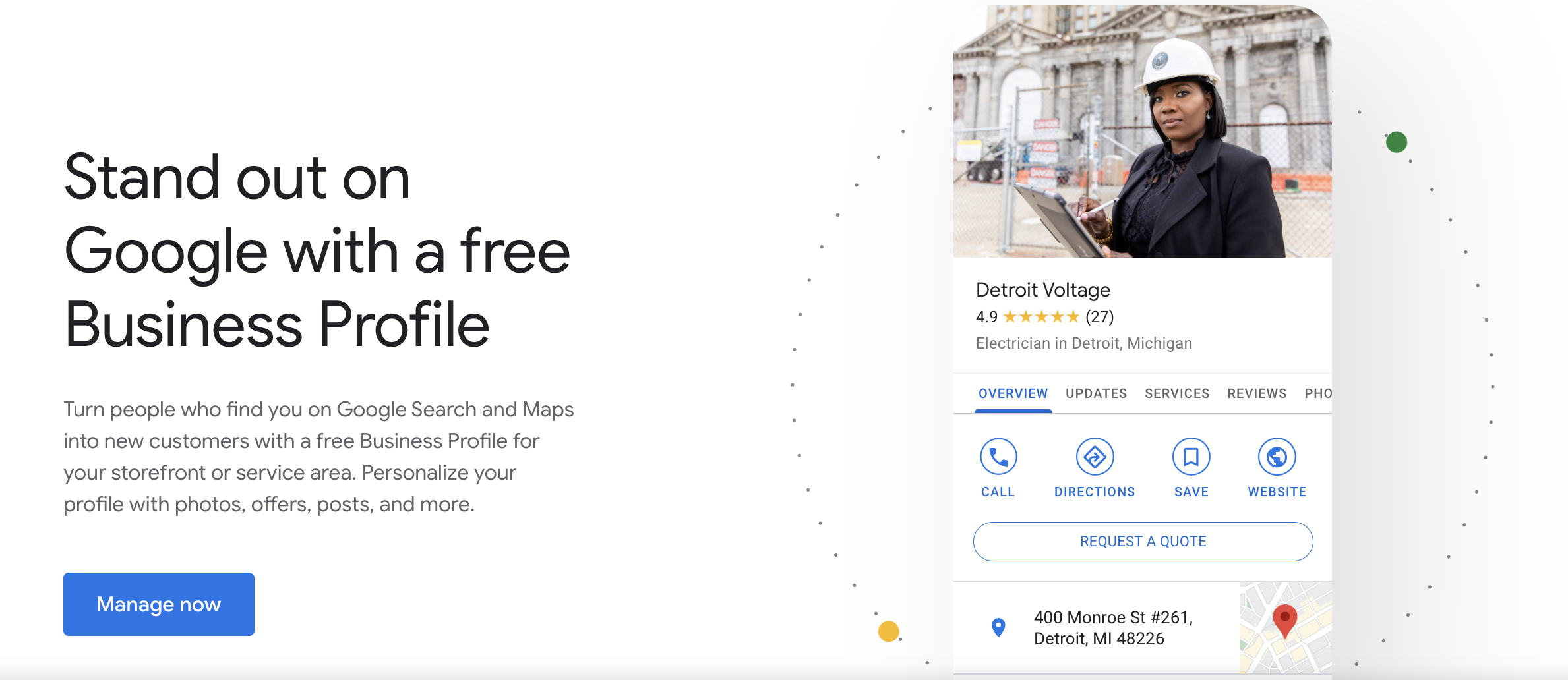Diagnosing Why Enrollment is Down at Your School
Student enrollment down this school year? In this post, you’ll learn to diagnose why — and how to instead increase enrollment.
One of my favorite TV shows is the medical drama House. Although the show concluded in 2012, if you’ve never watched it, I recommend it.
Hugh Laurie plays an unconventional physician who leads a team of diagnosticians at a fictional hospital in New Jersey. Dr. House would often uncover obscure diseases and afflictions by using his keen powers of observation. Think medical Sherlock Holmes.
Once he reached a correct diagnosis, then the patient was turned over to a regular team of physicians for treatment. As any physician will tell you, one of the most challenging but critical steps in curing a patient is to accurately determine what is wrong and why the subject is sick.
So how does this apply to improving enrollment at your school?
Diagnosing why your enrollment is down is the first and most important step in deciding what strategy should be deployed to increase your enrollment.
Though every school is different, generally enrollment issues come down to a combination of these three factors:
- Poor retention rates at the school.
- An inability to attract new prospective families to consider the school.
- A failure to convert those interested families into enrolled students.
Being able to diagnose which one of these is contributing the most to your lower enrollment will allow you to focus on the big issues first and then methodically begin to address your enrollment challenges.
Let us talk about each of these in more depth.
1. Poor Retention Rates at Your School
It may seem counterintuitive to talk about retention when we are looking to increase enrollment, but if you are losing more students than you are attracting, you are fighting an uphill battle.
This can often be one of the hardest issues for a school leader to address. It can be difficult to confront the reality that parents are unhappy with how your school is run. Or you might have the challenge that you have several students at your school who are just not a good fit for how your school operates.
Addressing retention should be your first step in increasing enrollment. You can’t fill a leaky bucket.
Your first step is to review your retention numbers to understand the scope and extent of the problem.

Think through these questions:
- What percentage of your students leave every year?
- When do they leave? (Students changing schools in the middle of the year due to dissatisfaction is much more unsettling than those who leave over the summer.)
- Is there a specific grade level that sees a higher rate of students leaving?
- Most importantly, why are they leaving your school?
You can answer most of these questions through a rigorous analysis of your enrollment metrics and data. This will tell you the What.
But it will not tell you the Why.
Knowing why your families are dissatisfied with your school is the critical step to turn around retention trends.
There are two tools that you can use to try to uncover why parents are leaving and your school should really be doing both.
The first is an exit interview.
When a parent decides to pull their child out, you need to know why.

You should try to have a phone call or a meeting with each family who is leaving to understand if this is something that was within your control (dissatisfaction with your school) or something that you could not control (family is moving).
Some families may not want to give you the time, but it is quite easy to create a small survey on Google Forms to email to them to try to get that information.
Once you start to get this data, then it’s a matter of analyzing it to understand that 24% of parents cite academic performance as their reason or that 42% cite lack of transportation.
Conducting exit interviews is fine, but at this point, the damage is done.
What you need to do is to understand if parents are becoming unhappy early enough to make changes and address their concerns before they start the process of shopping for a new school.
To do that, you need to be regularly surveying your parents.

Every school should be conducting a climate or a satisfaction survey every year. Like it or not, schools are in a “free market” environment, one where if a parent is not happy with what you are providing, they have many other choices for their child.
It’s critical that your administration keeps your finger on the pulse of how your parents are feeling. And this is not about relying on anecdotal knowledge or third-hand stories. This is about doing a well-thought-out, quantitative survey that measures satisfaction levels across all your parents.
If you do this regularly (and keep the questions consistent), you’ll uncover opportunities for improvements that will increase satisfaction at your school.
But if you’re not asking parents how satisfied they are, you’re missing the best opportunity to ensure you are delivering the education experience that makes them want to stay at your school.
How to Improve Student Retention at Your School
- Analyze your numbers
- Develop an exit survey template
- Conduct a school climate survey
2. An Inability to Attract New Prospective Families
Are you “the best kept secret in town”?
That is NOT a good thing.
It seems simple, but if parents do not know about your school, there’s no way they will consider you for their children.
And then once parents know the name of your school, you must be providing them a story about your school that makes them want to learn more and, ultimately, enroll their children.

This “Marketing or Attraction” stage is one of the hardest steps for a school to get right. And, unfortunately, you are never done with this stage. You will need to be constantly trying new things to get your name and your story out in the community. And I hate to break it to you, but this is the one that often comes with a price tag.
When you are diagnosing this part of your enrollment, start by thinking about how families learn about your school or really about any school. Putting yourself in the shoes of your potential customers will allow you to think of things from their perspective rather than yours.
The first source that parents have to learn about your school is the school that their child currently attends. Unless you are running a preschool, most (if not all) of your new students will come from another school — a “feeder” school.
Having a well-defined feeder-school strategy to engage with students who are reaching a transition year is a critical foundational step in your enrollment.
You should regularly be engaging with your feeders to increase the awareness of, familiarity with, and preference of your school by those students and families.
If you are starting to see a decline in the number of students from your traditional feeders, start by looking at what your engagement strategy looks like and starting to tweak it.
You can get four ideas for your feeder school engagement strategy in this article.
Next, turn toward your most important marketing asset: your school’s website.
But before we start to talk about the content on your website, how easily can a prospective parent find your website when they are searching on Google?
Remember, they may not know the name of your school. Have you put on your digital marketing hat and made sure that parents can find your school when searching?
I’m not going to make you into a digital marketing specialist, but one of the easiest and most critical things that you can do is to register your website with Google Business Profile.
Google tries very hard to return searches that are geographically relevant to the person making the search. One of the best ways for you to help Google know where your school is located is to ensure you have provided them all the correct information about your school.
This does not automatically happen when you launch your website. You need to go through the process of verifying your information with Google.
This is free and will take you about 20 minutes to complete, but it’s probably one of the best investments you can make of your time to improve your school’s ability to be found by Google.
Registering your site on Google Business Profile is just the first step, though.
There are a lot of additional things you need to do to “optimize” your search for search engines. I covered Search Engine Optimization for schools in this post if you would like some additional reading.
However, your website may not be the first place that prospective parents go when they are searching for a school.
 Oftentimes, the online review sites will be the first place that parents stop in their digital search for schools.
Oftentimes, the online review sites will be the first place that parents stop in their digital search for schools.
If your profile on these sites is incorrect (or, even worse, if there is a whole slew of bad reviews about your school), parents may never even go to your website.
It is a quick and easy process for you to go to the different school review websites — Great Schools, Niche, and Public School Review — to claim your profile. After you’ve done that, ask parents to leave good reviews about your school.
How to Improve Enrollment at Your School
- Ensure you have a good feeder school strategy in place.
- Make sure parents can find your school when searching online.
- Register your school with Google Business Profile.
- Claim your school’s profile(s) on online review sites.
- Increase the number of positive reviews about your school on those sites.
3. Failure to Convert Interested Families into Enrolled Students
So now you have attracted a group of parents to your website. You have made them interested, and they’re thinking about taking the next step in their enrollment shopping and engaging with your school. Congratulations!
However, the next step is where the rubber hits the road.
If your enrollment process is not effective, all of the hard work you’ve done to this point to get them ready to engage with you is wasted.
The first thing you need to do is ensure you have multiple ways for a family to take the next step on your website.
A platform like SchoolMint Engage can help you with creating an enrollment microsite that guides them through the next enrollment steps.
You may have intrigued them with great pictures and stories on your website — but they are not sold yet. You need to give them a range of “next steps” for them to take on the path to enrolling at your school.
Some of these next-step offerings may include:
- A newsletter for prospective parents and guardians
- A virtual school tour (in addition to an in-person tour)
- Recorded Q&A videos from students, parents, and teachers talking about what a great school you are
- A live conversation with your admissions director
- An opportunity for their child to shadow another student at your school
The schools that perform well in this phase are offering all of these — and more. They recognize that parents may need multiple opportunities to connect.

All of these need to be listed on your website. Most importantly, you need to allow prospective parents to register online.
Millennials do not want to pick up the phone and call you. They want the convenience of being able to do this online. Make it easy for them even if this requires you having to get into your website and building forms.
Now track your effectiveness in these events.
One of the key metrics you want to look at when you’re analyzing your tour effectiveness is your yield rate. This is the number of people who enrolled divided by the number of families that toured.
Driving up your yield rate is the most effective thing you can do to increase enrollment.
How to Convert Prospective Families
- Give them multiple ways to engage with your school depending on their level of interest.
- Make it easy for them to engage by allowing online registration.
- Analyze your tour’s yield rate.
- Drive your yield rate as high as possible.
Enrollment can seem overwhelming. There are so many different levers that you can pull and tweaks that you can make to the system.
But by organizing your activities in these three categories, you can start to analyze what is working and what is not. That is the first step in improving your enrollment.
SchoolMint offers a variety of enrollment and marketing solutions that can help you boost student enrollment.
Learn more about our school social media advertising service here and our marketing services here.
Share this
You May Also Like
These Related Stories

How Strategic Storytelling is Helping Schools Get More Students

STRIVE Prep Denver: Using K-12 Strategic Enrollment Management to Increase Enrollment




